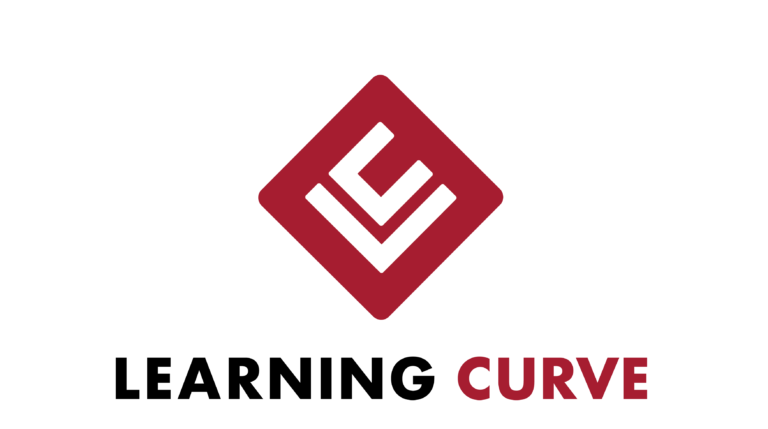AI in classrooms is here to stay. Whether it’s being used for personalised learning platforms, automated assessment systems, or creative software, the age of generative AI has arrived. However, despite the undoubted benefits of AI in supporting students’ learning experiences and teachers’ practices, there are potential ethical drawbacks.
To confront the challenge, we must bring it into the open. The ethical challenges of AI in education must be identified and introduced to teachers and students.
The big fear of AI
AI is taking off in classrooms all over the world. Some reports have shown that as many as half of students surveyed are using generative AI daily. Educators and policymakers are on edge. Yes, AI is equipping students with AI skills that are essential for their future careers, but is every student using AI ethically?
More to the point, what concerns do educators have? Here are some:
Plagiarism and unoriginal work: This has been the biggest concern since the advent of full-scale AI tools on the market. Teachers worry that students may use AI to generate work that is not original, leading to an increase in plagiarism and a lack of original thinking. Students could also submit unethically sourced content that does not properly attribute ownership.
Impact on learning skills: AI can make things too easy, robbing students of the need to think for themselves. Teachers fear that students may become overly reliant on AI, leading to a decline in critical thinking, research, and writing skills.
Impact on teaching and assessment: As if educators didn’t have enough to do, now they must think about adapting their teaching and assessment methods to detect and prevent the unethical use of AI by students.
These fears reflect the potential negative impact of AI on academic integrity. Educators and institutions are actively seeking strategies to address these concerns and promote the ethical use of AI in educational settings.
How Adobe respects the work of creators
How do you solve the problem of unethically sourced content? Multi-media submissions are now a part of everyday learning, with students required to submit visually appealing and immersive work.
In terms of content integrity, Adobe has implemented a high level of transparency in its products by launching what it calls “Content Credentials.: This feature allows creators to easily attach information to a piece of content — information such as their names, dates, and the tools used to create it.
These credentials travel with the content so that when people like educators and fellow students see it, they can establish the source of the content with one easy click. Receivers can even see how the content was modified from the date it was created.
So, whenever anyone uses Adobe’s generative AI tools on Adobe Firefly, for example, the Content Credentials will automatically be attached.
But it doesn’t end there. Adobe even allows creators who don’t want their content to be used to train AIs to mark it as such. Using provenance technology, creators can attach “Do Not Train” credentials that travel with their content wherever it goes.
Institutional responsibility
Educational institutions have the opportunity to help lead the way in the responsible use of AI tools. In the same way that Adobe safeguards content integrity, schools can balance AI integration with the goals of the school and best in class ethical guidelines. AI must be a tool for learning enhancement rather than a replacement for fundamental academic skills.
Some universities have already rolled out a generative AI policy that is shared with faculty and students. These policies go so far as to encourage the creation of AI-friendly course rubrics for assignments.
Adobe’s commitment to AI ethics
Responsible AI use is not only the domain of one stakeholder. Everyone in the value chain must do their part. That’s why Adobe has put special emphasis on inserting ethical guardrails into its products.
In much the same way as Adobe’s Content Credentials safeguard creator integrity, responsible AI use is evident across Adobe’s product suite, including Adobe Document Cloud and Adobe Creative Cloud. Three core principles guide Adobe’s approach to AI:
Responsibility
Adobe is actively engaging in ethical AI development through thoughtful design and maintenance of its AI technologies. The company is committed to ensuring inclusivity and addressing any unfair or discriminatory outcomes that may arise, particularly when Adobe’s software is used in sensitive areas like education, employment, and health.
Accountability
Adobe places a strong emphasis on accountability. They recognise the importance of owning the outcomes of their AI-assisted tools, including addressing and rectifying any issues that arise. To this end, Adobe ensures the following:
- It uses governance processes to track the performance of AI algorithms.
- All products in development go through an AI impact assessment.
- The firm uses an ethics advisory board to oversee new AI tools.
- Adobe engineers and product managers undergo mandatory AI ethics courses.
Transparency
Adobe’s customers, be they teachers or students, are fully informed about how AI is being used in their tools and services. This transparency extends to clarifying the value these AI tools bring to users, as well as providing them with clear controls and preferences.
Adobe’s stance on transparency is designed to build trust and understanding among users in the education sphere. This fosters an environment where AI’s benefits can be enjoyed by everyone without it being shrouded in mystery.
Conclusion
The balance between embracing innovation and preserving ethical development and the use of AI tools is paramount. While AI offers transformative potential for a technology-driven future, it also presents significant challenges and ethical concerns. The responsibility lies with everyone – educational institutions, educators, students, and software companies like Adobe, to establish robust frameworks for the development and use of AI tools.
Sources
https://blog.adobe.com/en/publish/2023/11/09/embracing-generative-ai-in-higher-education
https://www.adobe.com/ca/about-adobe/aiethics.html

